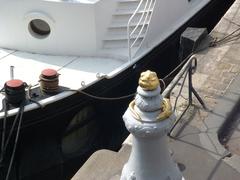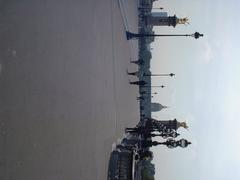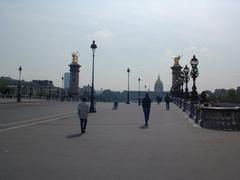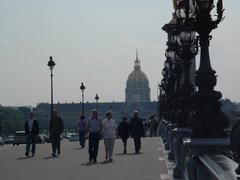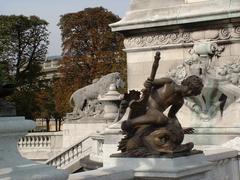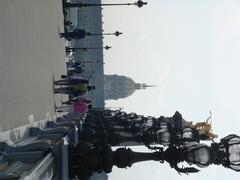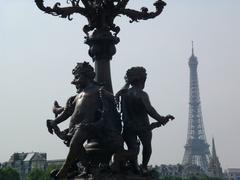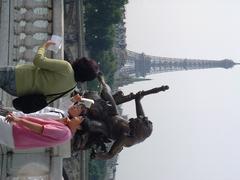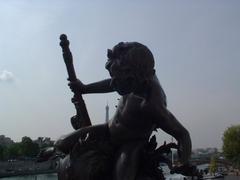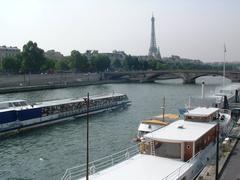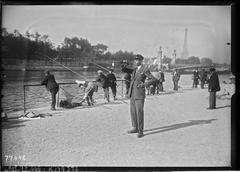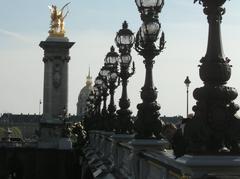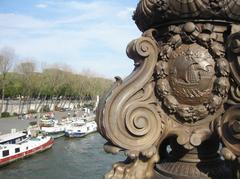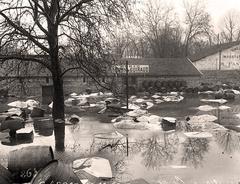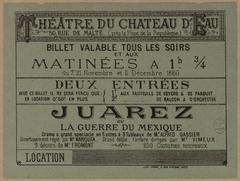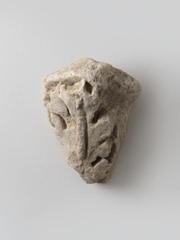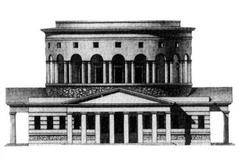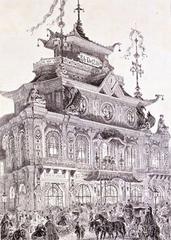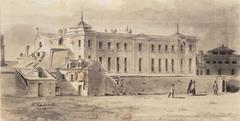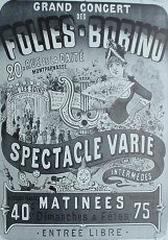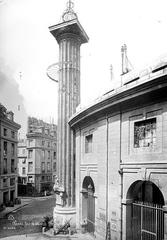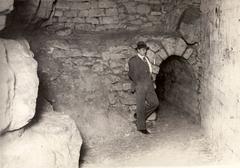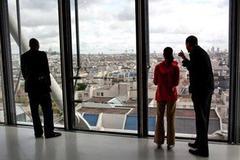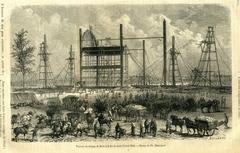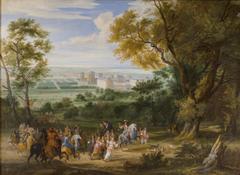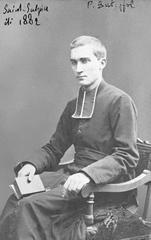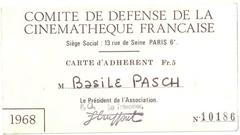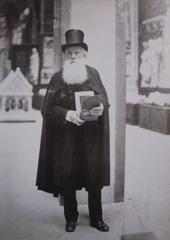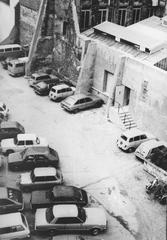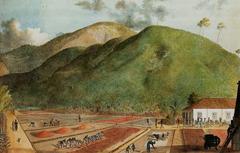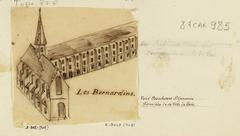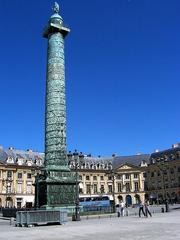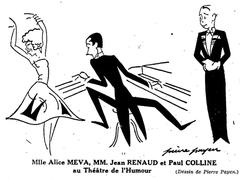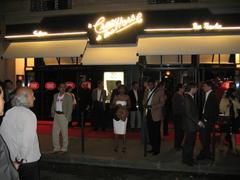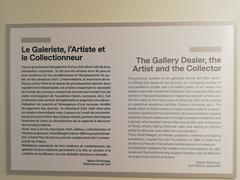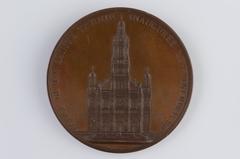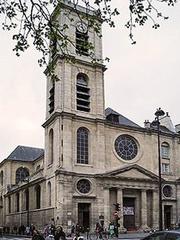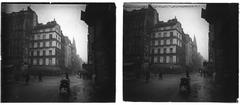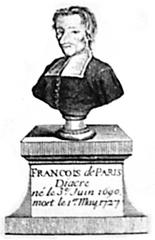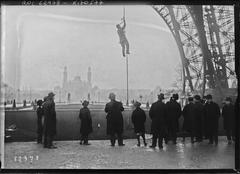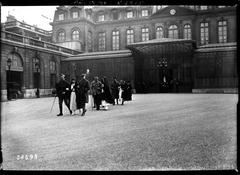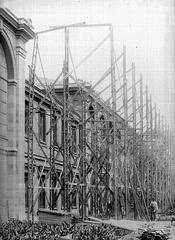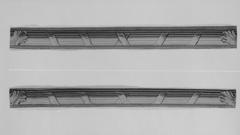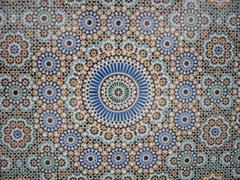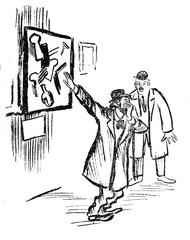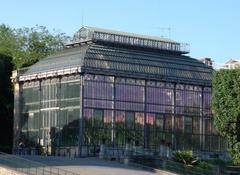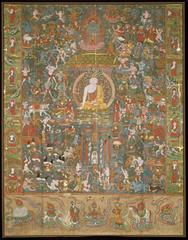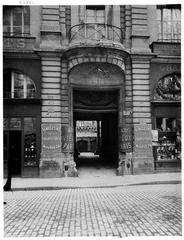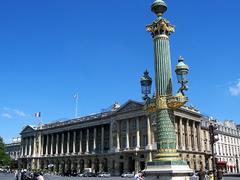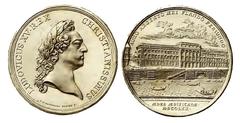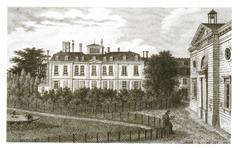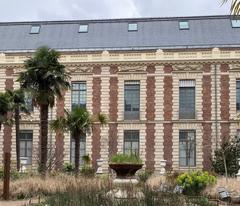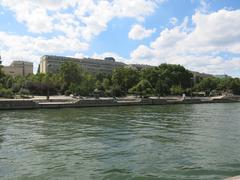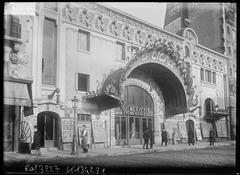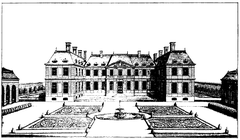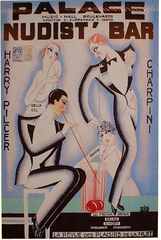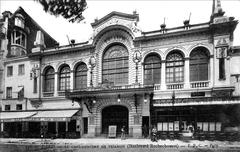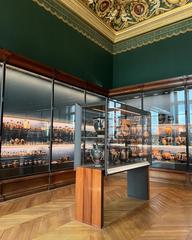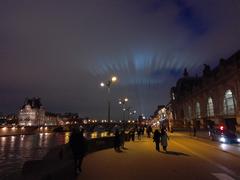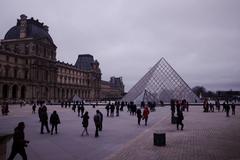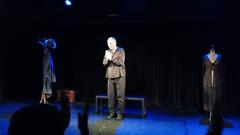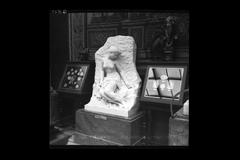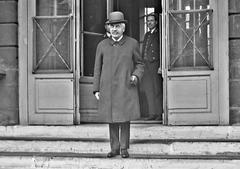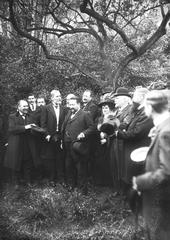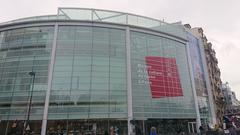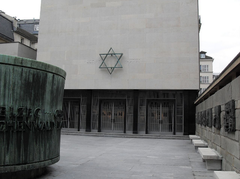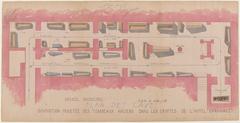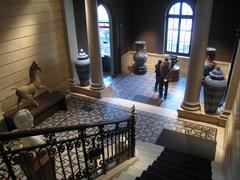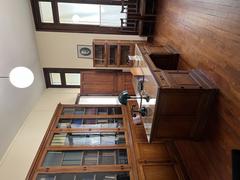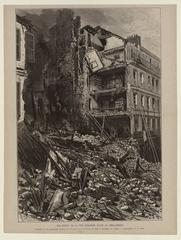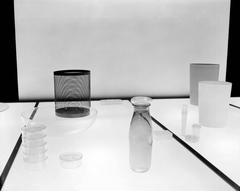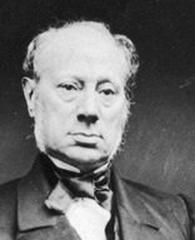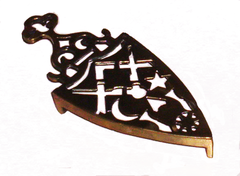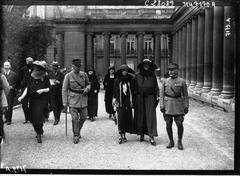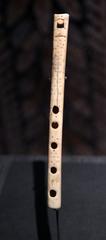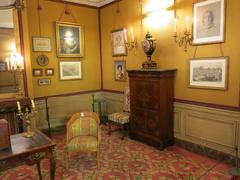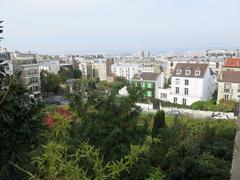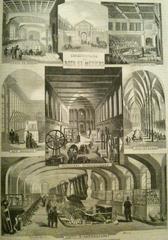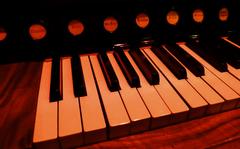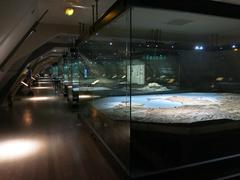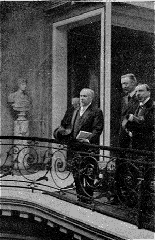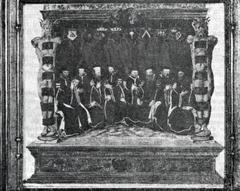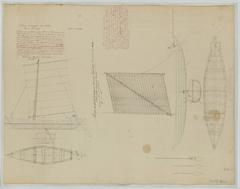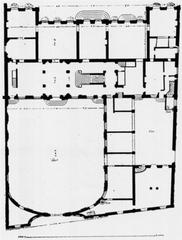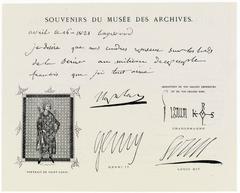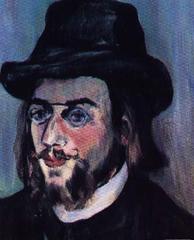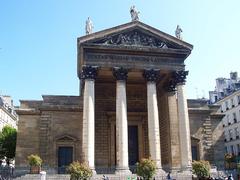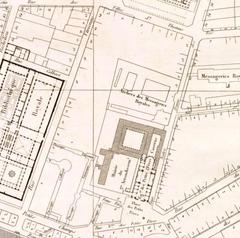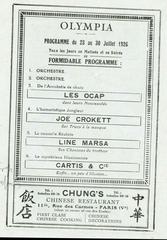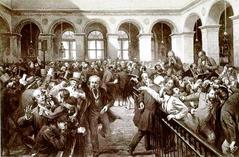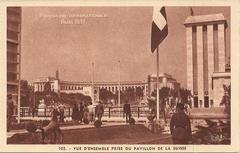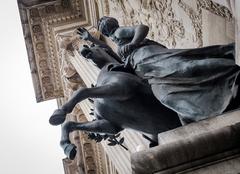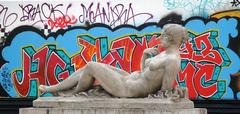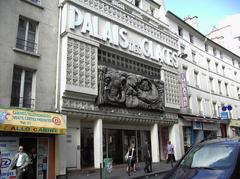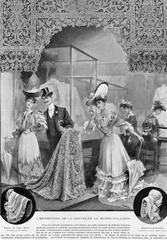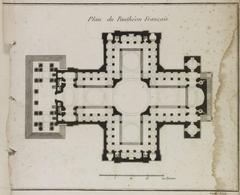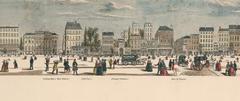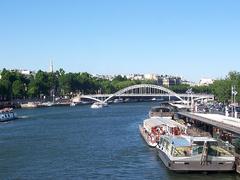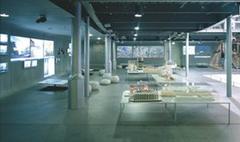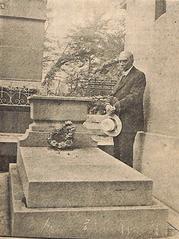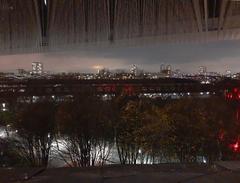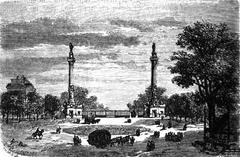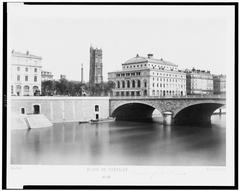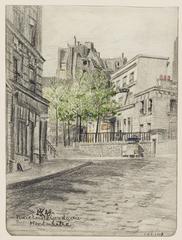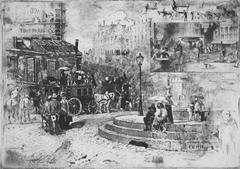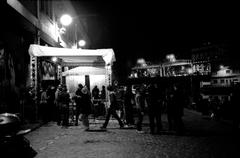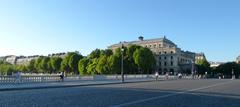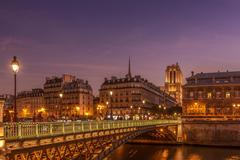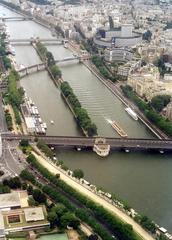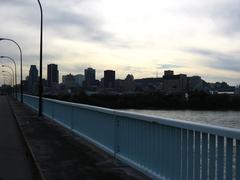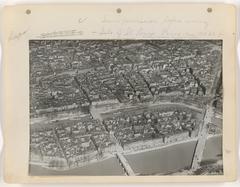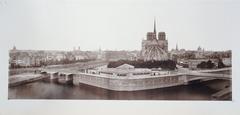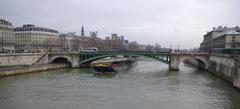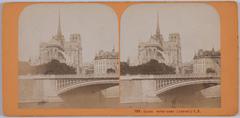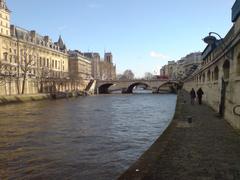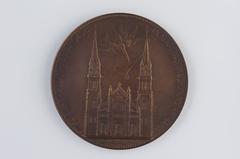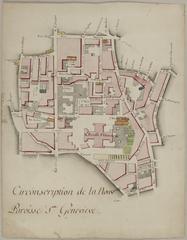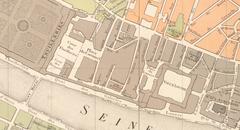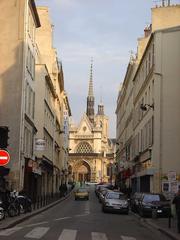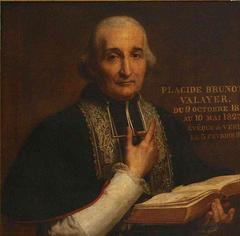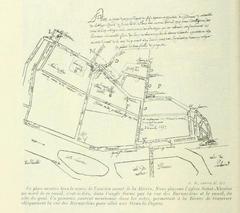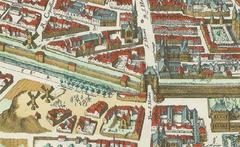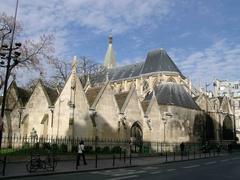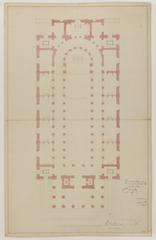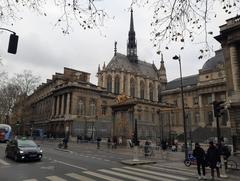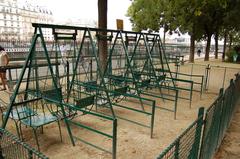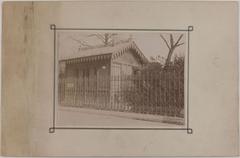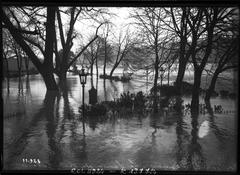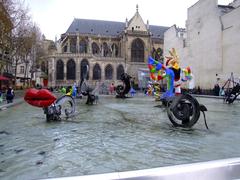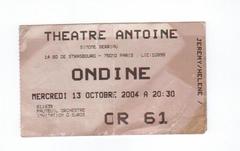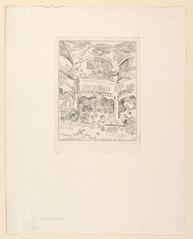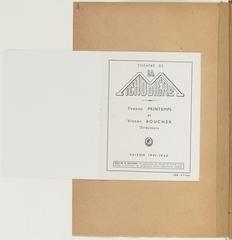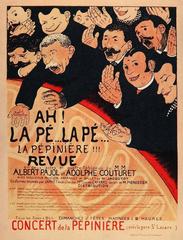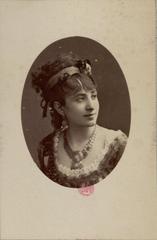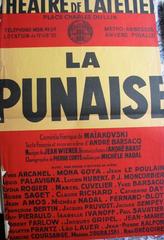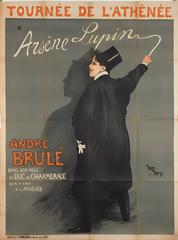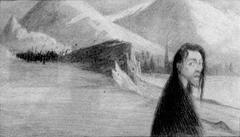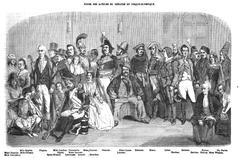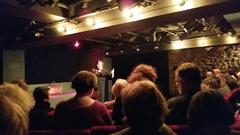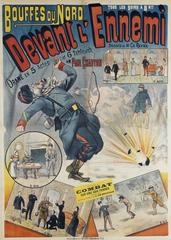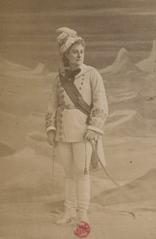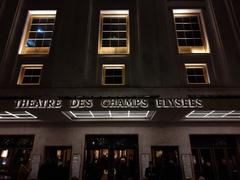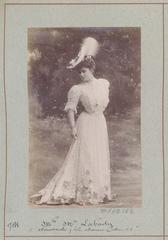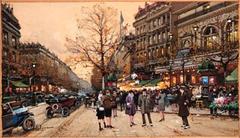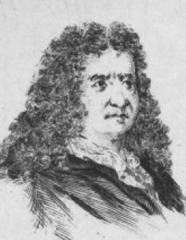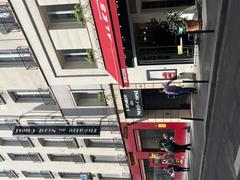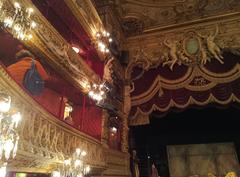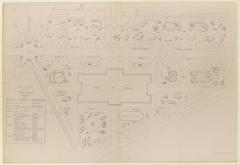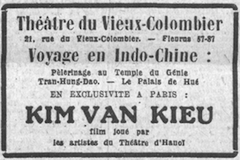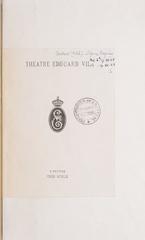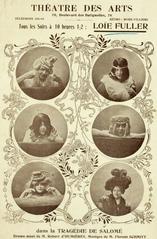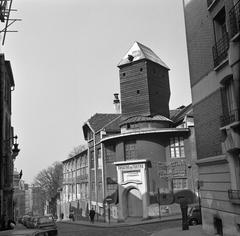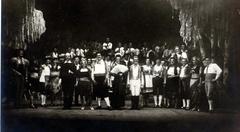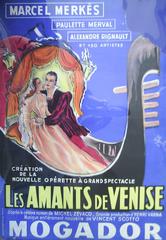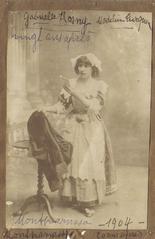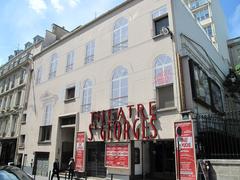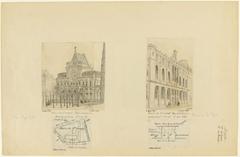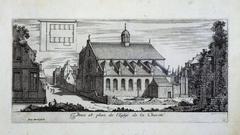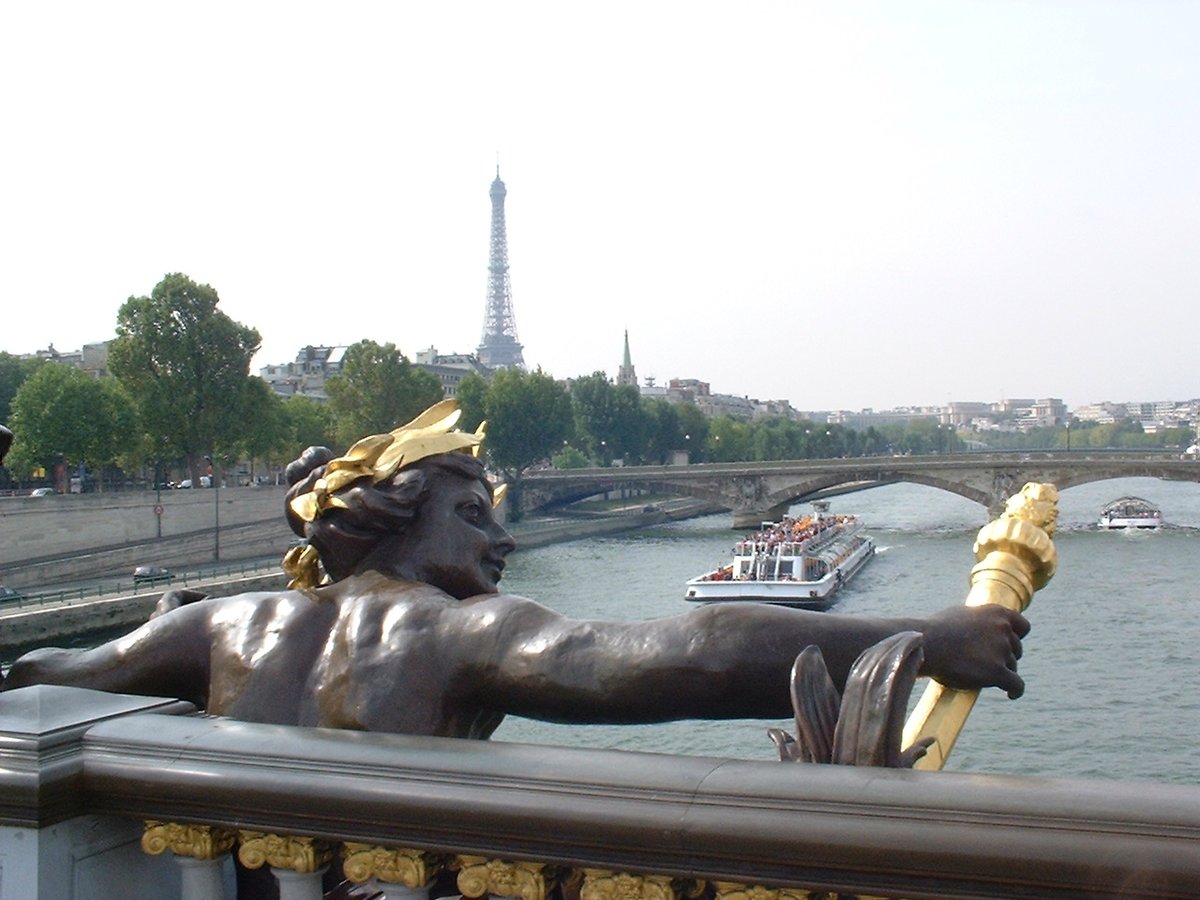
Pont Alexandre III Visiting Guide: Hours, Tickets, and Nearby Historical Sites
Date: 17/07/2024
Introduction
Pont Alexandre III is one of Paris’s most iconic landmarks, celebrated for its architectural splendor and historical significance. Constructed as part of the 1900 Exposition Universelle, this bridge symbolizes the Franco-Russian Alliance, named after Tsar Alexander III. The foundation stone was laid by his son, Tsar Nicholas II, in October 1896 (Paris Info). This guide delves into the bridge’s rich history, architectural marvels, and visitor information, ensuring a comprehensive understanding for anyone planning to explore this Parisian gem.
Table of Contents
- Introduction
- History of Pont Alexandre III
- Visitor Information
- Travel Tips
- Nearby Attractions
- Accessibility
- Cultural Impact
- Preservation Efforts
- FAQ
- Conclusion
History of Pont Alexandre III
Origins and Construction
Pont Alexandre III was constructed as part of the 1900 Exposition Universelle, celebrating the achievements of the 19th century and heralding the 20th century. Named after Tsar Alexander III of Russia, the bridge symbolizes the Franco-Russian Alliance established in 1892. The foundation stone was laid by Tsar Nicholas II, Alexander III’s son, in October 1896 (Paris Info).
Designed by engineers Jean Résal and Amédée d’Alby and architects Cassien-Bernard and Gaston Cousin, the bridge was built to be both functional and aesthetically pleasing. It spans the Seine River, connecting the Champs-Élysées quarter with the Invalides and Eiffel Tower quarter. The bridge’s single-span steel arch, measuring 160 meters in length and 40 meters in width, was designed to ensure that it did not obstruct the view of the Champs-Élysées or the Invalides (Structurae).
Architectural Significance
Pont Alexandre III is renowned for its Beaux-Arts style, characterized by its ornate decorations and sculptures. The bridge is adorned with numerous statues and sculptures, including four 17-meter high pylons at each corner, topped with gilded statues of Fames (the Greek mythological figures representing Fame). These statues were designed by Emmanuel Frémiet, Pierre Granet, and Léopold Steiner (Paris Convention and Visitors Bureau).
The bridge also features nymphs representing the Seine and the Neva rivers, symbolizing the Franco-Russian Alliance. The Nymphs of the Seine were sculpted by Georges Récipon, while the Nymphs of the Neva were created by Victor Peter. Additionally, the bridge is decorated with Art Nouveau lamps, cherubs, and winged horses, adding to its grandeur and elegance (France.fr).
Historical Events and Renovations
Since its inauguration in 1900, Pont Alexandre III has witnessed numerous historical events. During World War I and World War II, the bridge remained a symbol of resilience and strength for Parisians. It has also been a site for various celebrations and parades, including the Liberation of Paris in 1944 (History.com).
Over the years, the bridge has undergone several renovations to preserve its structural integrity and aesthetic appeal. In the 1980s, a major restoration project was undertaken to repair the bridge’s metal structure and restore its decorative elements. The gilded statues were re-gilded, and the sculptures were cleaned and restored to their original splendor. Another significant renovation took place in the early 2000s, ensuring that the bridge remains a cherished landmark in Paris (Paris Convention and Visitors Bureau).
Visitor Information
Ticket Prices and Opening Hours
Visiting Pont Alexandre III is free of charge, making it a must-see for anyone exploring Paris. The bridge is accessible 24/7, allowing visitors to enjoy its beauty at any time of day or night.
How to Get There
Pont Alexandre III is centrally located in Paris. It is accessible by Metro line 8 to the Invalides station or line 1 to the Champs-Élysées Clemenceau station. Several bus lines also serve the area, making it easily reachable from various parts of the city.
Travel Tips
Best Times to Visit
- Early mornings or late evenings are ideal for a serene experience and stunning photographs without the crowd.
What to Bring
- Comfortable walking shoes
- A camera
- Weather-appropriate clothing
Nearby Attractions
- Les Invalides - A complex of buildings containing museums and monuments, all relating to the military history of France. It is also the burial site of Napoleon Bonaparte.
- Champs-Élysées - One of the most famous avenues in the world, lined with theaters, cafes, and luxury shops.
- Eiffel Tower - Just a short walk from the bridge, this iconic structure needs no introduction.
Accessibility
Pont Alexandre III is accessible to visitors with disabilities. The bridge has ramps at both ends, making it easier for wheelchairs and strollers to navigate.
Cultural Impact
Pont Alexandre III has not only been a significant architectural and historical landmark but also a cultural icon. It has been featured in numerous films, television shows, and music videos, symbolizing the romantic and artistic spirit of Paris. Movies such as “Midnight in Paris” and “Anastasia” have showcased the bridge, further cementing its status as a cultural emblem (IMDb).
The bridge is also a popular spot for photographers and artists, who are drawn to its intricate details and picturesque views of the Seine River and the surrounding landmarks. It continues to inspire creativity and admiration from both locals and tourists alike (Paris Info).
Preservation Efforts
Preserving Pont Alexandre III is crucial for maintaining its historical and cultural significance. The French government, along with various heritage organizations, has implemented measures to protect and maintain the bridge. Regular inspections and maintenance work are carried out to ensure its structural stability and aesthetic appeal. Additionally, efforts are made to prevent damage from pollution and weathering, ensuring that the bridge remains a symbol of Parisian heritage for future generations (Ministry of Culture).
FAQ
- What are the visiting hours for Pont Alexandre III? The bridge is open 24/7 to visitors.
- Do I need tickets to visit Pont Alexandre III? No, visiting the bridge is free of charge.
- What is the best time to visit Pont Alexandre III? Early mornings and late evenings are the best times to avoid crowds and capture beautiful photographs.
Conclusion
Pont Alexandre III stands as a testament to the engineering prowess, artistic excellence, and historical significance of Paris. Its rich history, architectural beauty, and cultural impact make it a must-visit landmark for anyone exploring the City of Light. Make sure to plan your visit to enjoy all that this iconic bridge has to offer.
References
- Paris Info, n.d., https://en.parisinfo.com/
- Structurae, n.d., https://structurae.net/
- History.com, n.d., https://www.history.com/
- Paris Convention and Visitors Bureau, n.d., https://en.parisinfo.com/
- IMDb, n.d., https://www.imdb.com/
- France.fr, n.d., https://www.france.fr/
- Ministry of Culture, n.d., https://www.culture.gouv.fr/

